The Evolution of Men’s Suits: A Look Through History
The modern men's suit stands as one of fashion's most enduring and influential garments, representing centuries of refinement, cultural evolution, and sartorial innovation. From its humble origins in 17th-century European courts to today's contemporary interpretations seen in collections like Wessi's modern suiting, the suit has continuously adapted to reflect changing social norms, technological advances, and aesthetic preferences while maintaining its fundamental role as the cornerstone of masculine formal wear.
The Birth of Structured Menswear
The origins of the modern suit trace back to the court of King Charles II in 1666, when he introduced a three-piece ensemble consisting of a long coat, waistcoat, and breeches as an alternative to the ornate, flowing garments previously favored by European nobility. This revolutionary approach to men's dressing emphasized practicality and restraint over ostentatious display, establishing principles that continue to influence suit design today.
The early suit represented a departure from the elaborate silk and velvet costumes adorned with lace and ribbons that had dominated men's fashion. Instead, it embraced simpler lines, darker colors, and more practical fabrics that allowed for greater mobility and functionality. This shift reflected broader cultural changes, including the rise of mercantile classes who valued practicality over aristocratic extravagance.
Victorian Refinement and Industrial Innovation
The 19th century brought significant developments in suit construction and styling, driven by industrial revolution advances in textile production and tailoring techniques. The Victorian era established many conventions still recognized today, including the morning coat for formal daytime wear and the tailcoat for evening occasions. During this period, the modern trouser replaced knee breeches, creating the foundation for contemporary suit silhouettes.
Savile Row emerged as the epicenter of fine tailoring during this era, developing construction techniques and fitting standards that elevated suit making to an art form. The emphasis on precise measurements, hand-sewn details, and personalized fitting established quality benchmarks that continue to influence premium suiting today. These traditional craftsmanship principles remain evident in modern high-quality suits, where attention to construction details separates exceptional garments from mass-produced alternatives.
The Twentieth Century Revolution
The early 1900s witnessed dramatic changes in men's suiting, beginning with the introduction of the lounge suit, which offered a more relaxed alternative to formal morning wear. This period saw the gradual adoption of the modern business suit, characterized by a single-breasted jacket, matching trousers, and simplified construction that made quality suits more accessible to the growing middle class.
The 1920s brought revolutionary changes with the influence of American ready-to-wear manufacturing and changing social attitudes following World War I. Suits became less formal and more practical, with softer construction, natural shoulder lines, and looser fits that reflected the era's emphasis on youth and modernity. Jazz Age styling introduced elements like wider lapels and higher button stances that created more dynamic silhouettes.
Post-War Innovation and Cultural Shifts
The 1950s established the "Golden Age" of men's suiting, characterized by impeccable tailoring standards and refined aesthetics that emphasized masculine elegance. This era perfected the balance between structure and comfort, creating suits that projected authority while allowing natural movement. The influence of Hollywood stars and business leaders established suit wearing as essential to professional success and social status.
The 1960s brought dramatic changes through Italian designers who introduced softer construction, lighter fabrics, and more contemporary styling. This period saw the emergence of the "Continental" look, featuring narrow lapels, fitted silhouettes, and innovative fabric treatments that challenged traditional British tailoring conventions. These developments democratized fine suiting and introduced style elements that continue to influence contemporary design.
Contemporary Evolution and Modern Innovation
Today's suits reflect centuries of refinement while embracing modern lifestyle demands and technological innovations. Contemporary suiting incorporates performance fabrics, advanced construction techniques, and updated fits that address the needs of modern professionals who require versatility, comfort, and style in their work and social wardrobes.
Modern brands like Wessi understand that today's gentleman needs suits that perform across multiple contexts, from boardroom presentations to evening social events. This requires innovative approaches to fabric selection, construction methods, and styling details that maintain classical elegance while incorporating contemporary functionality and comfort features.
The Science of Modern Fit
Contemporary suit evolution emphasizes the importance of proper fit across diverse body types and style preferences. Modern tailoring incorporates ergonomic principles and updated measurement techniques that create flattering silhouettes for men of all builds. The development of new construction methods allows for greater customization while maintaining the structural integrity that defines quality suiting.
Current trends favor cleaner lines, natural shoulders, and versatile styling that works across formal and casual contexts. This evolution reflects changing workplace norms and lifestyle patterns that demand greater flexibility from formal wear without compromising sophistication or professional appropriateness.
Cultural Impact and Future Directions
The suit's evolution reflects broader cultural shifts, from the formality of earlier eras to today's emphasis on personal expression and lifestyle integration. Modern suiting continues to adapt, incorporating sustainable materials, innovative construction techniques, and updated aesthetics that appeal to environmentally conscious consumers who value both style and ethical production practices.
Conclusion
The evolution of men's suits represents a fascinating journey through changing social norms, technological innovation, and aesthetic refinement. From its origins in royal courts to its current status as essential business attire, the suit has continuously adapted while maintaining its fundamental role in masculine formal wear. Understanding this rich history enhances appreciation for quality construction, timeless styling, and the ongoing innovation that keeps this classic garment relevant for contemporary gentlemen. Today's suits honor this heritage while embracing modern needs, ensuring the continued evolution of this iconic menswear staple.


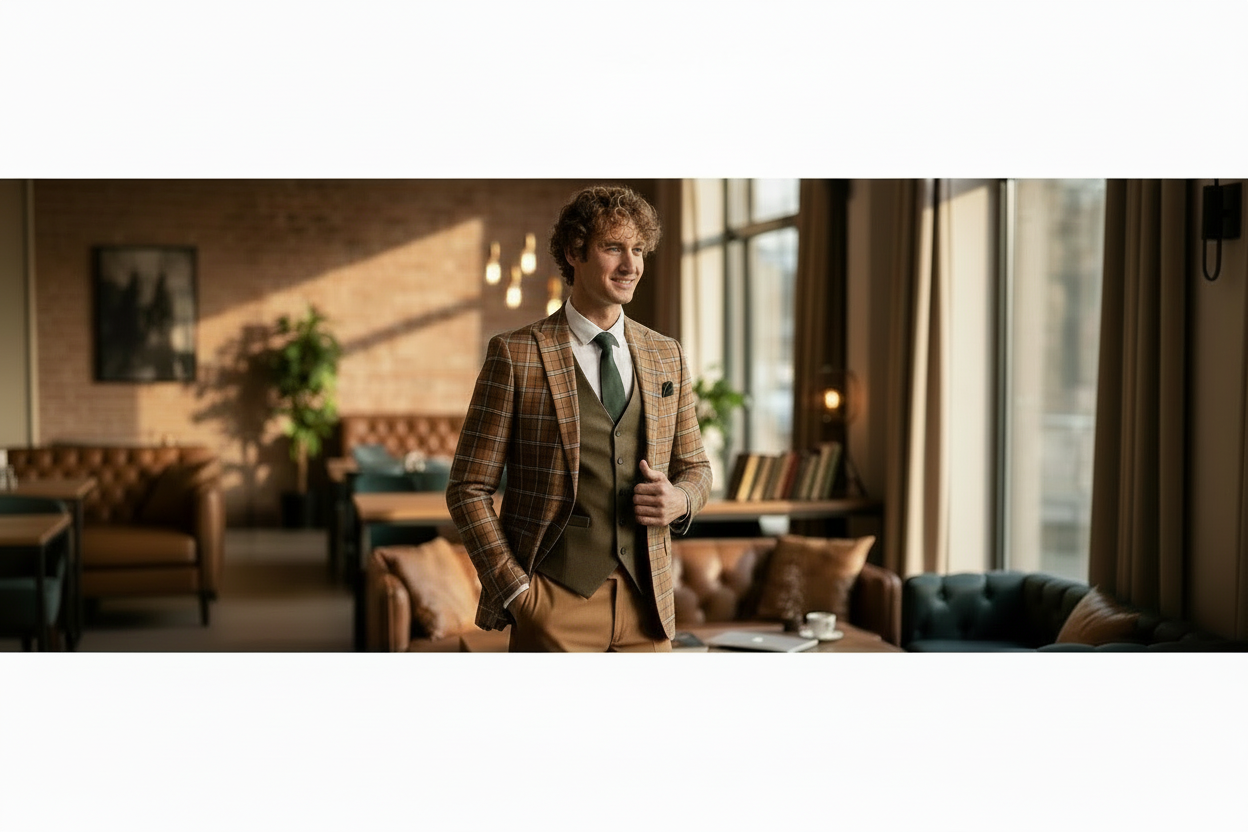
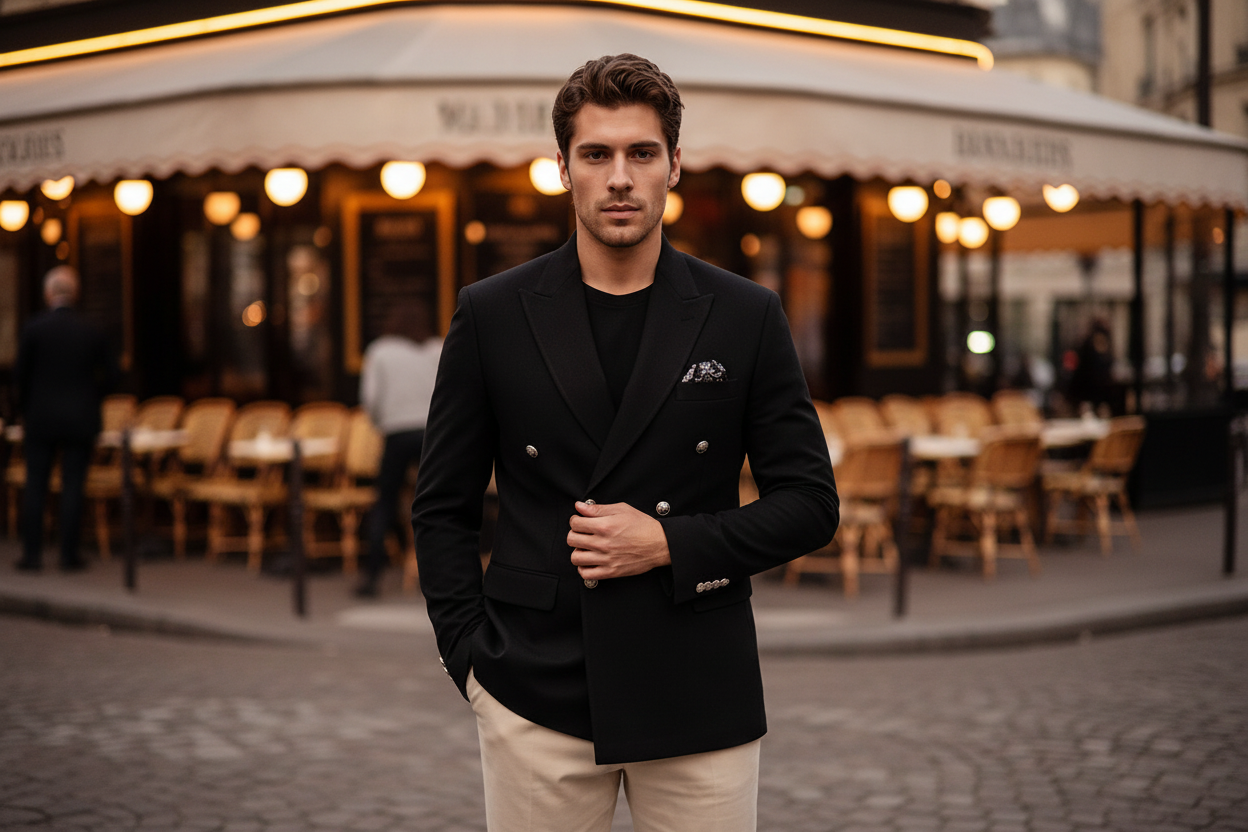
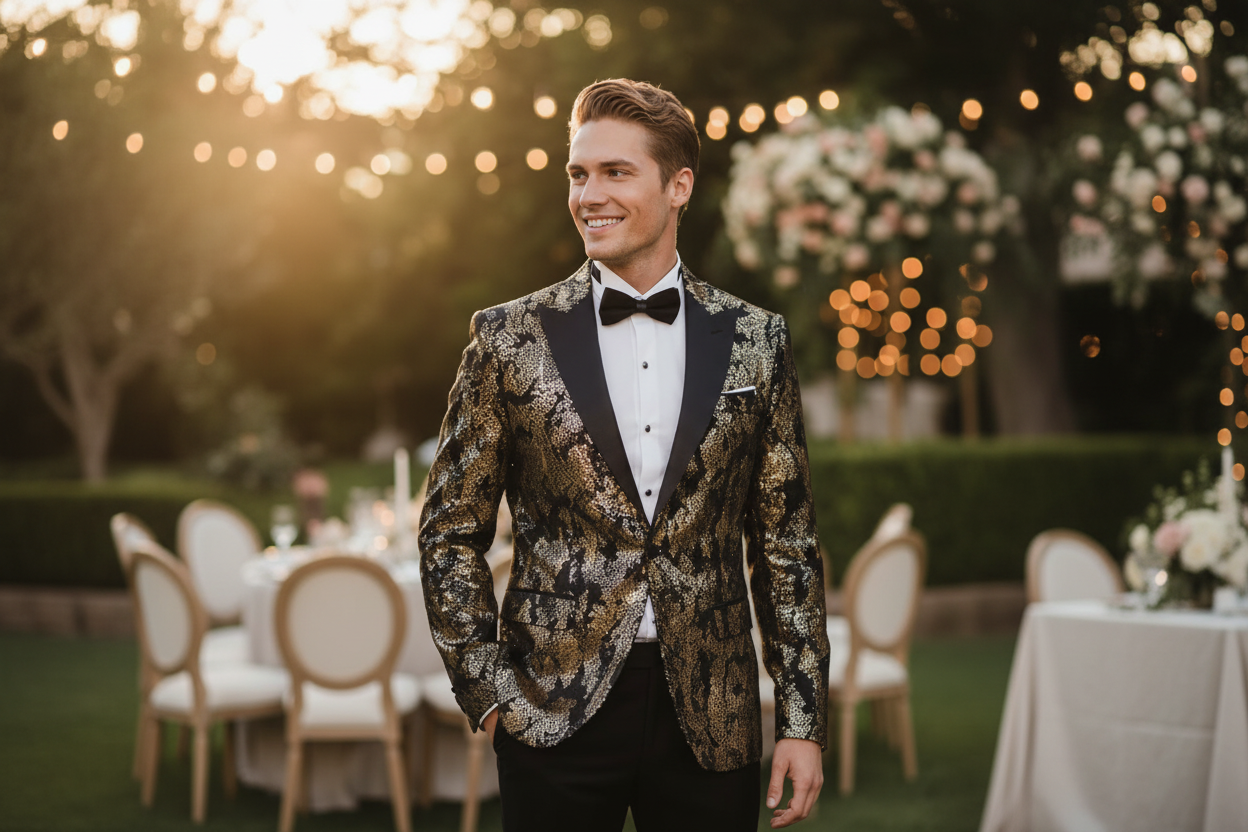

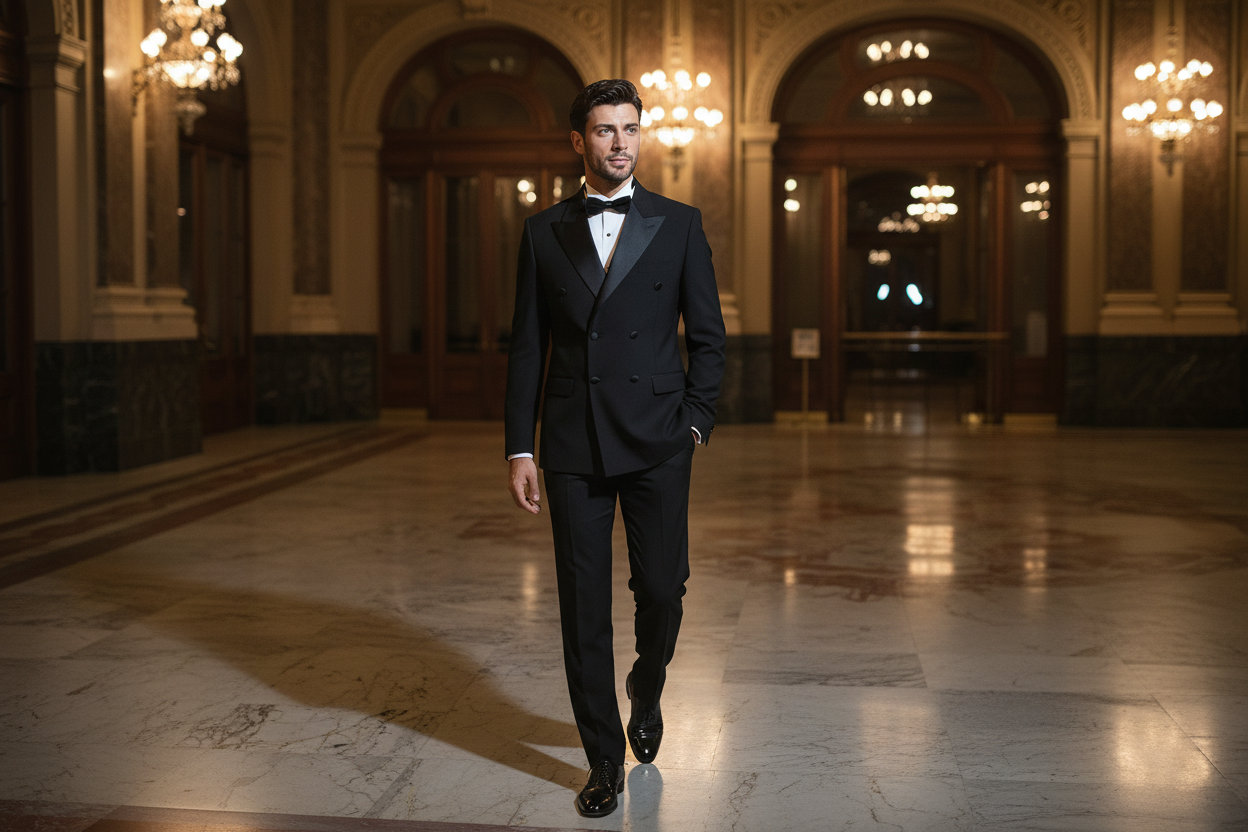

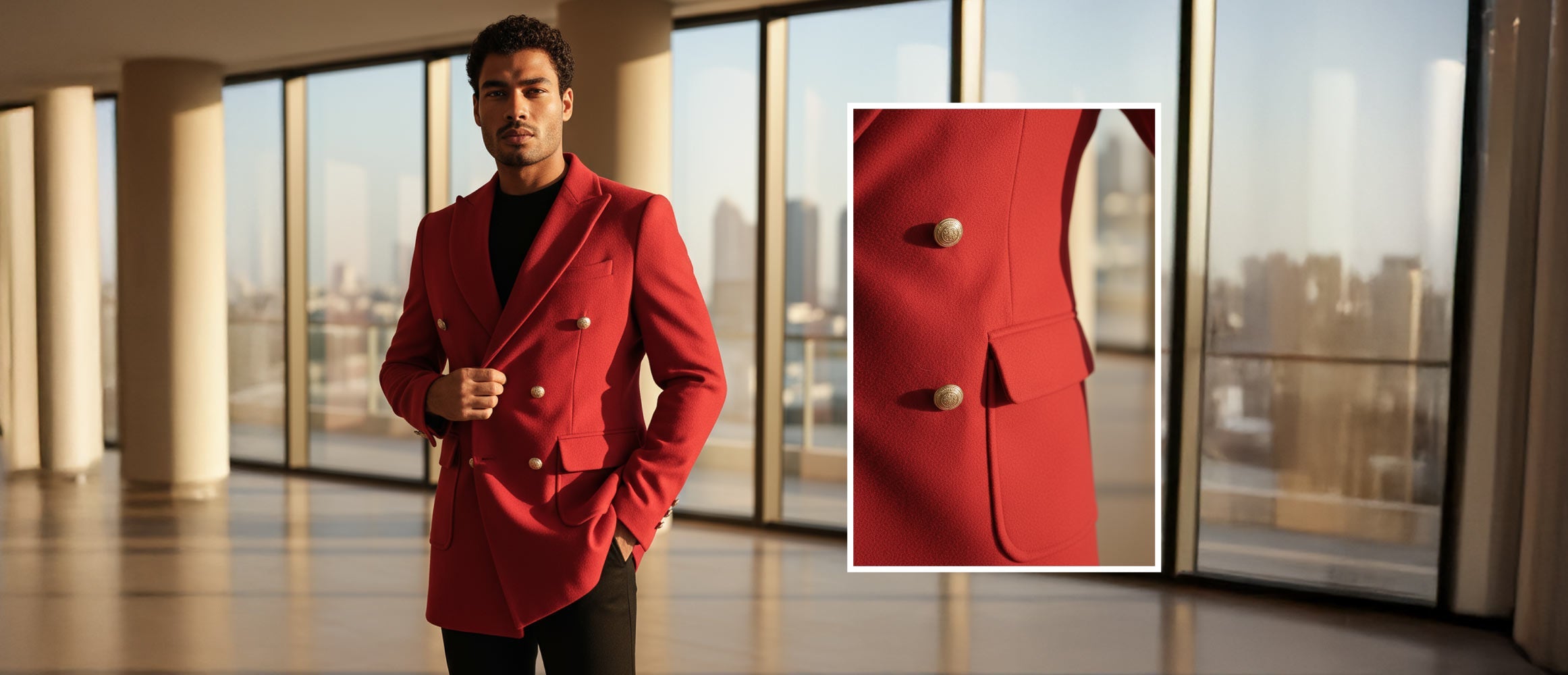








Leave a comment